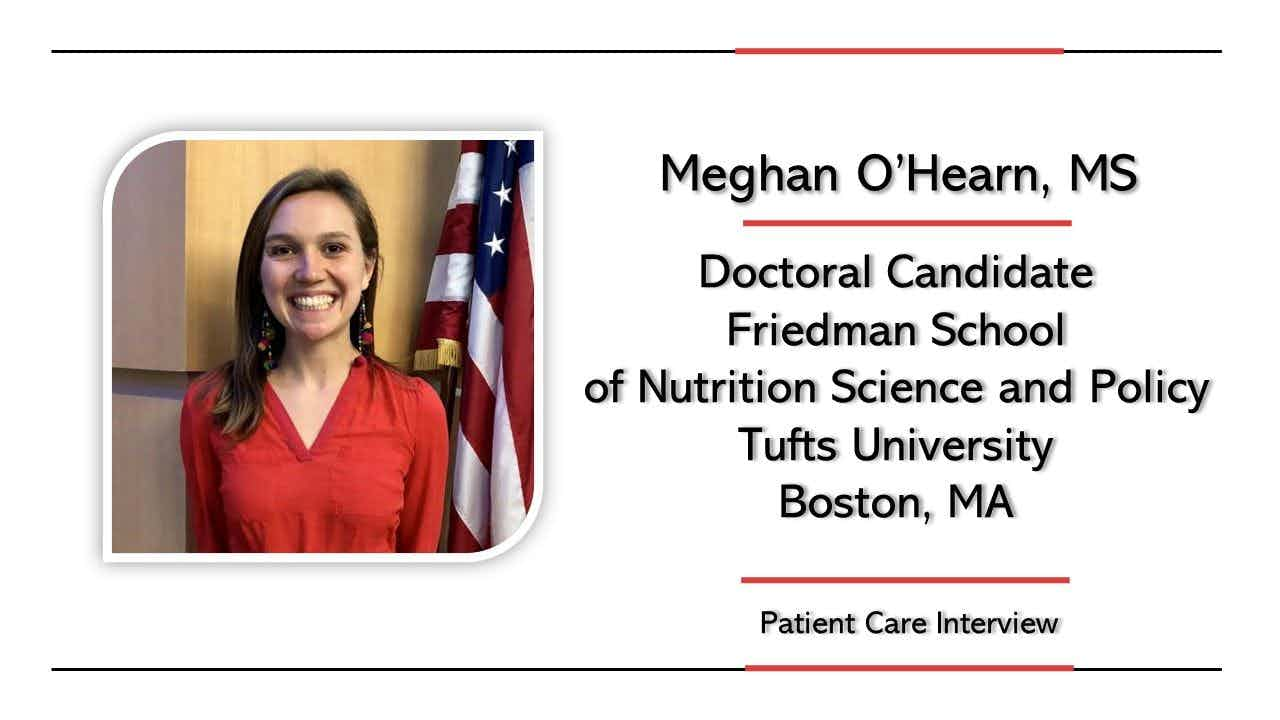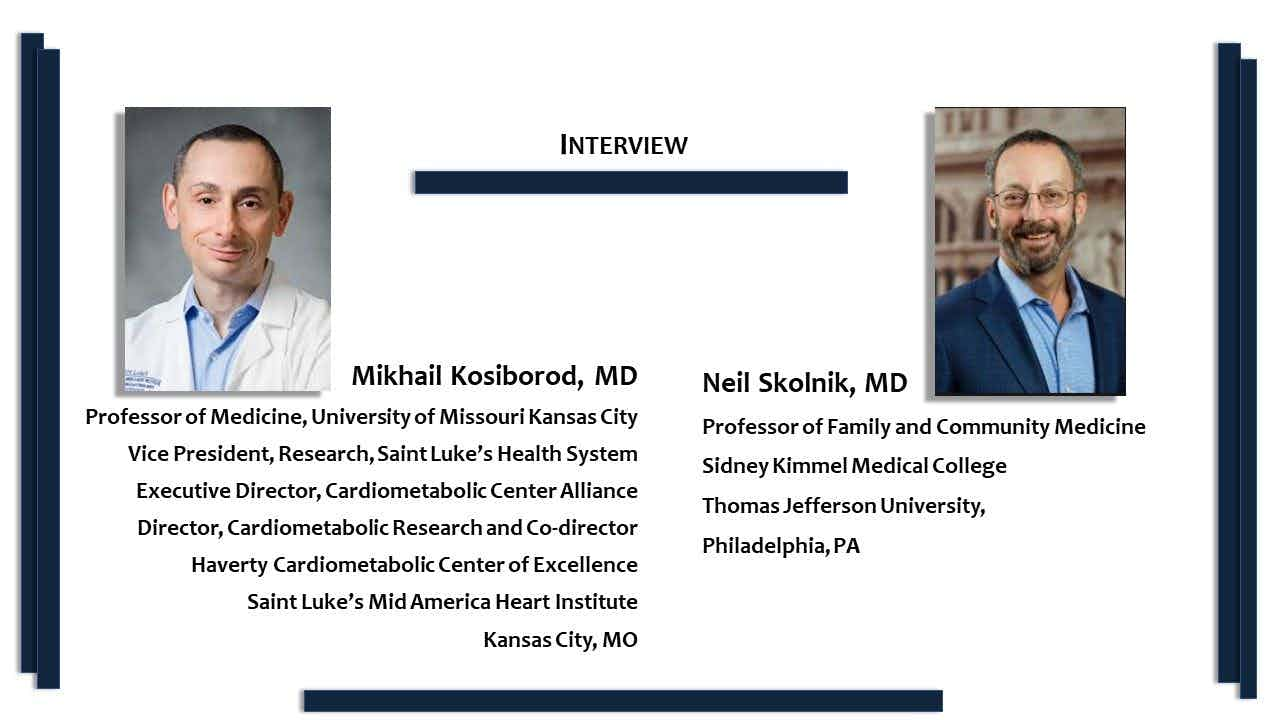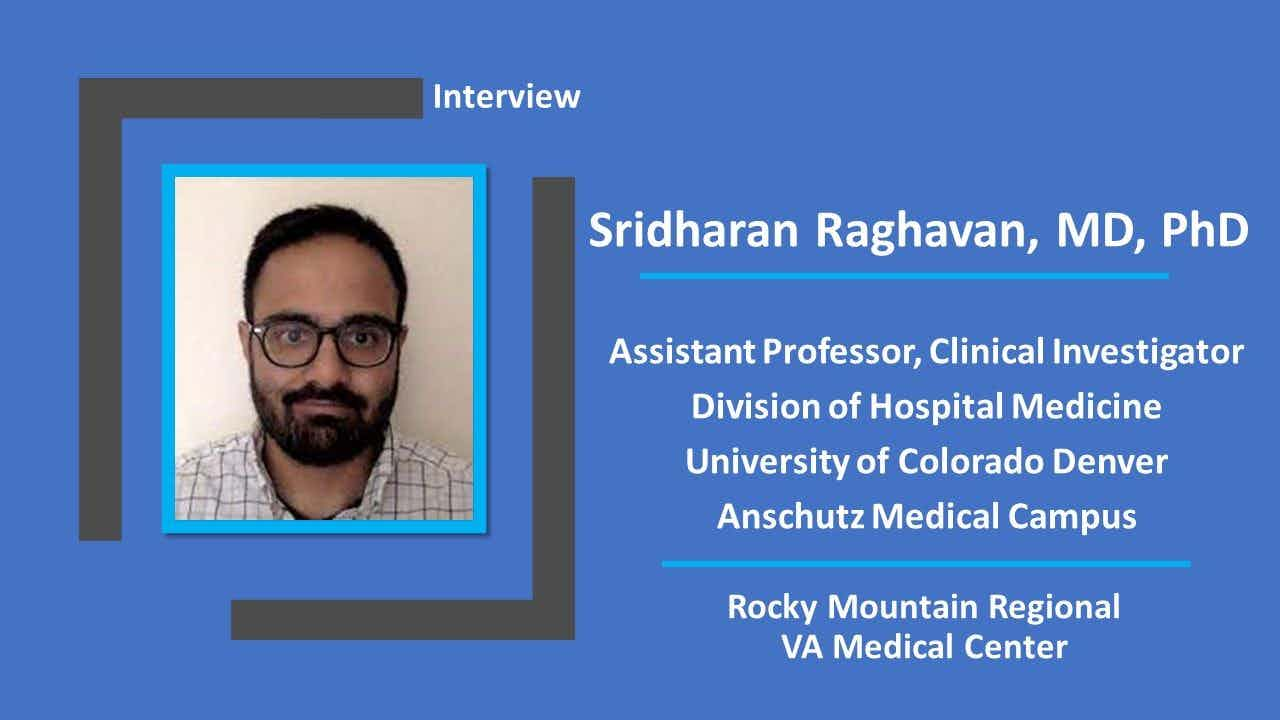An African American Man With Type 2 Diabetes and Obesity
Hyperglycemia uncontrolled by oral antidiabetes agents alone can be complicated by drug-induced weight gain. GLP-1 agonists and DPP-4 inhibitors offer alternatives.
Mr Slayton is a 64-year-old African American referred by his primary care physician for evaluation of his type 2 diabetes mellitus. His history with type 2 diabetes mellitus includes:
• Diagnosis 5 years ago, with an A1c of 6.7%
• Initially able to control his diabetes with exercise and improvement to his diet
• A1c of 7.8% 2 years following diagnosis
• Started taking glipizide ER, 5 mg daily
• Glipizide ER increased 3 months later to 10 mg daily
• A1c of 8.4% 2 years later (4 years following diagnosis) with weight gain of 15 pounds
• Metformin added to glipizide ER regimen, started at 500 mg to minimize GI effects
• Metformin titrated up to 1000 mg twice daily
• Mr Slayton has now been on the glipizide ER plus metformin regimen for 1 year
• In addition to diabetes, he has a 20-year history of dyslipidemia and an 18-year history of hypertension
Mr Slayton works as a high school English teacher and is married with 3 grown children. His father had type 2 diabetes mellitus and died of cardiovascular disease (CVD) at age 57; his mother is currently treated for hypertension but is otherwise healthy. When Mr Slayton first received his diagnosis, he played golf regularly. He was forced to stop because of chronic back pain, and he has not found another exercise activity he enjoys.
He and his wife met with a dietitian once after he received his diagnosis, but he has not had any recent diabetes education. He states that his wife made some dietary changes at home after his diagnosis, but they still eat out for many meals and have slipped back into familiar eating patterns.
Mr Slayton is concerned that he will need to start taking insulin. Although he is not fearful of injections, he has read that insulin may lead to weight gain-and he does not want to gain more weight because he is afraid it may worsen his back pain and increase his CVD risk.
Which pharmacologic therapy options for type 2 diabetes mellitus would best meet Mr Slayton's goal of improving his glycemic control without causing weight gain?
1. Thiazolidinedione (TZD)
2. Dipeptidyl peptidase-4 (DPP-4) inhibitor
3. Glucagon-like peptide-1 (GLP-1) receptor agonist
4. Insulin
5. Either a DPP-4 inhibitor or a GLP-1 receptor agonist
The answer, and discussion, can be found at:
Would you please leave us your thoughts on treatment, below, first?









